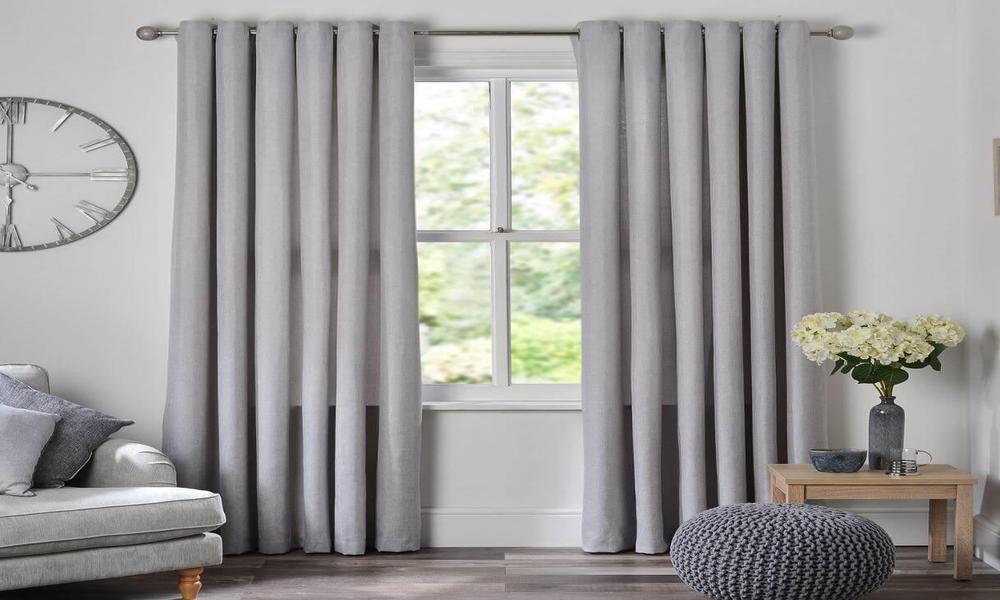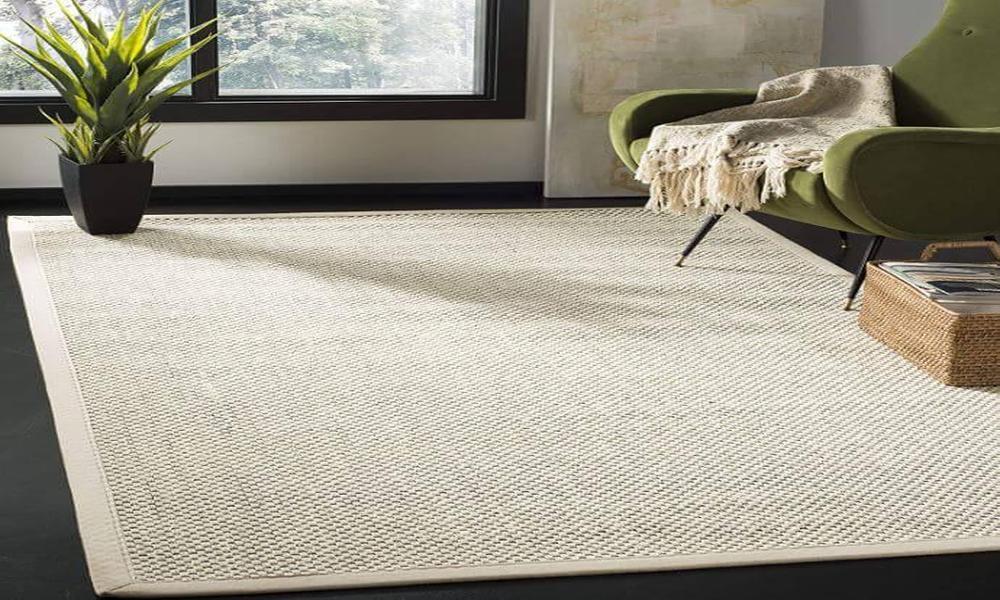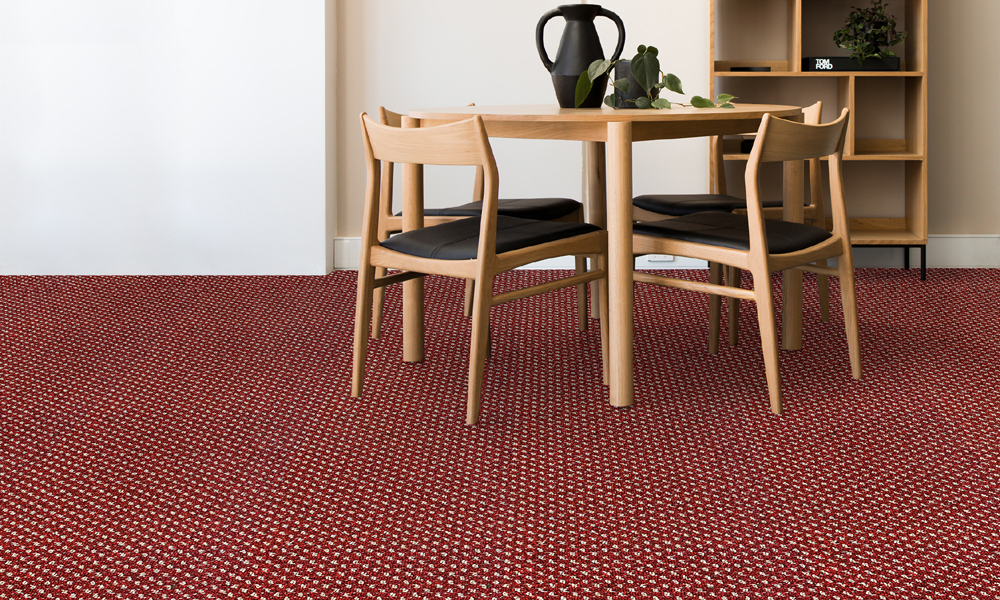
A heat pump pumps heat from a lower temperature level to a higher heat level. At temperatures as low as zero, five, or ten degrees, it can collect heat and convert it into heating energy. It extracts heat from the ground, water, or air and transfers it to a heat exchanger called an evaporator. In this, a liquid refrigerant (e.g., propane) evaporates, which becomes gaseous. To achieve the desired increase in temperature, a motor (compressor) is required that puts the gas under high pressure and thus increases its temperature. In the second heat exchanger, the condenser, this refrigerant then transfers the heat to the heating circuit and ensures cozy warmth in the house. A downstream expansion valve cools the gaseous refrigerant down again. These heat pump can be bought and repaired by https://www.wolfersheating.com/heat-pump-battleground-wa/ amongst others.
Where Does The Electricity For The Heat Pumps Come From?
Even a heat pump is not free from criticism, expressed in particular in sustainability discussions about electricity consumption. Although a heat pump offers the owner independence from fossil fuels, it also requires electricity to function correctly. After all, even with an efficient heat pump, 25% of the heat energy is drawn from the heating current to drive the compressor. Anyone who has a photovoltaic system can optimally connect it to a heat pump and generate sustainable green electricity. However, this leads to problems in winter, as only a little electricity can be made available via a solar power system in the cold months. It would be possible to purchase a second electricity meter for heat pump electricity, as it is cheaper to purchase than normal household electricity.
Heating With Geothermal Energy
This variant has the great advantage that building owners can do without an additional boiler when using the heat pump. Because the soil has a fairly constant temperature of 8-10 degrees Celsius all year round and therefore always provides a constant temperature level. In particular, the upper layers of the earth are essential for using the heat pump, which in this context is also known as near-surface geothermal energy. Builders can choose between two options for extracting heat from the ground: The first option involves so-called surface collectors installed in a snake-like manner underground. Brine flows within the laid pipe system. This is why this form is also called a brine-to-water heat pump.
Important is that the property area should be at least twice as large as the living space to be heated. This requires a lot of space that cannot be built on or planted. But the soil can also be used on smaller plots. In such a case, geothermal probes can be used that can be drilled vertically up to 100 meters into the earth. If several probes are to be used, it must be ensured that a distance of 5 meters is maintained between the individual geothermal probes. For repairs, you should specialist like https://www.wolfersheating.com/heating/heat-pumps/ to fix your heat pump.




